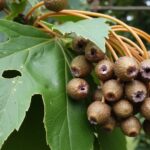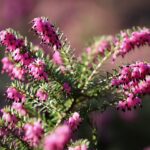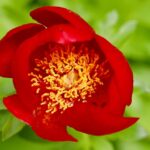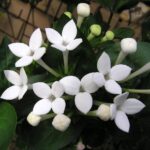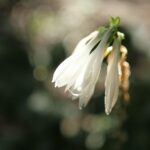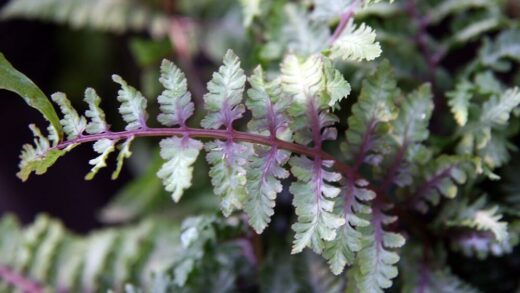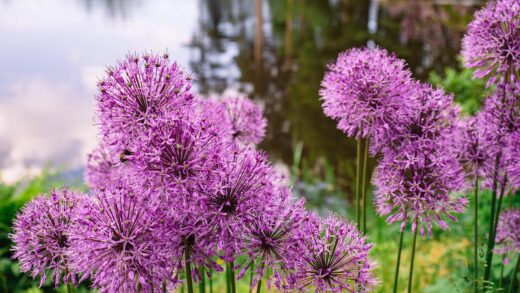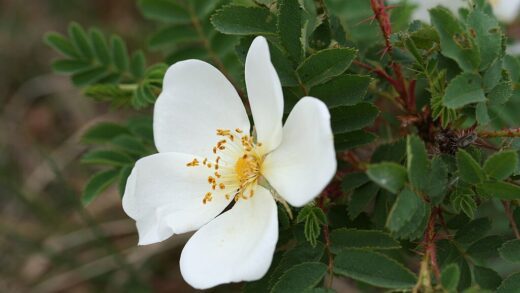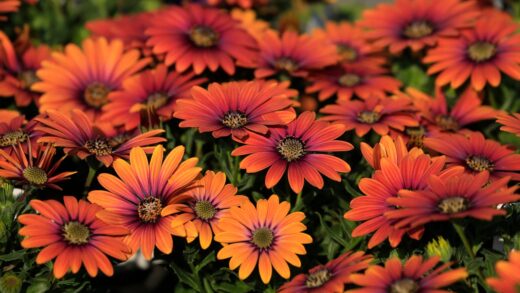Light is the fundamental source of energy for nearly all plant life, and for the wild service tree, the quantity and quality of light it receives are critical factors that influence its growth, form, and fruiting. As a native woodland species, it has evolved a flexible relationship with sunlight, adapting to different light levels at various stages of its life. Understanding its specific light requirements—from the dappled shade it tolerates as a sapling to the full sun it prefers as a mature specimen—is essential for selecting an appropriate planting site and ensuring the tree’s long-term health and vitality. This article explores the vital role of sunlight, the ideal conditions for both young and mature trees, and strategies for managing trees in less-than-perfect light environments.
The role of sunlight in tree health
Sunlight is the driving force behind photosynthesis, the process by which a tree converts light energy, water, and carbon dioxide into the chemical energy it needs to grow and thrive. For the wild service tree, sufficient sunlight is directly linked to its overall vigor, its ability to produce a strong structure, and its capacity to defend itself against pests and diseases. A tree that receives adequate light will have a dense, healthy canopy of leaves, which are the primary sites of energy production. This energy is used to fuel all of the tree’s metabolic processes, from root development to the production of flowers and fruit.
The quality of light is as important as the quantity. The full spectrum of sunlight contains the different wavelengths of light that plants need for various functions. For instance, blue light is important for vegetative leaf growth, while red light is more influential in flowering and fruiting. A location that provides direct, unfiltered sunlight for a significant portion of the day ensures the tree receives the complete spectrum it needs. This results in balanced growth, with strong stems, a well-developed canopy, and a robust root system.
Light also plays a crucial role in the physical form and structure of the tree. A wild service tree growing in an open, sunny location will typically develop a broad, symmetrical, and well-rounded crown. In contrast, a tree that is forced to compete for light, perhaps because it is crowded by other trees or buildings, will often grow in a more irregular, lopsided manner, stretching its branches towards the available light source. This can result in a weaker structure that may be more prone to damage from wind or snow.
Furthermore, light conditions significantly impact the tree’s reproductive cycle. Abundant sunlight is a key trigger for the formation of flower buds. A wild service tree grown in heavy shade may survive and produce leaves, but it is unlikely to flower profusely or produce a significant crop of its characteristic ‘chequer’ fruits. Therefore, if fruit production is a goal, whether for personal use or for wildlife, providing the tree with as much sun as possible is a critical factor for success.
Ideal light conditions for young trees
In its natural woodland ecosystem, a young wild service tree often begins its life in the understory, beneath the canopy of larger, mature trees. This environment is characterized by dappled or partial shade, with periods of more direct sunlight penetrating the canopy as the sun moves across the sky. Consequently, young wild service trees have a notable tolerance for partial shade. This adaptation allows them to establish themselves and grow slowly in lower light conditions until a gap opens in the canopy above them, providing the opportunity for more rapid, light-seeking growth.
When planting a young tree in a garden setting, we can learn from this natural habit. While full sun is the ultimate goal for a mature tree, a location that provides some light shade, particularly from the intense afternoon sun, can be beneficial for a newly planted sapling. This can help to reduce transplant shock and prevent the leaves from scorching while the young root system is still establishing itself and is less efficient at taking up water. A position that receives morning sun and afternoon shade is often an excellent compromise for the first few years.
It is important to distinguish between dappled shade and deep, dense shade. A young wild service tree will struggle and fail to thrive if planted in the heavy shade cast by a dense evergreen tree or on the north side of a tall building. It still requires several hours of bright, indirect light or some direct sunlight each day to photosynthesize effectively and build the energy reserves needed for healthy growth. Insufficient light will lead to weak, spindly growth, pale leaves, and an increased susceptibility to fungal diseases like powdery mildew.
As the young tree grows and becomes more established, its demand for light will increase. After the first two or three years, once its root system is well-developed, it will be better able to tolerate the heat and higher water demands associated with a full sun position. If the tree was planted in a more sheltered, partially shaded spot to begin with, this is the time to consider if any surrounding vegetation needs to be pruned back to allow more light to reach the developing tree, encouraging it to develop a strong central leader and a well-balanced canopy.
Light exposure for mature trees
For a wild service tree to reach its full potential in terms of size, form, and fruit production, a position in full sun is ideal. A mature tree thrives when it receives at least six to eight hours of direct, unobstructed sunlight per day during the growing season. This high level of light exposure fuels the immense energy requirements of a large, mature specimen, allowing it to maintain a full and healthy canopy, develop strong, sturdy branches, and produce the abundant blossoms needed for a good fruit set.
In an open, sunny location, the wild service tree will develop its characteristic majestic form: a straight, sturdy trunk topped with a broad, domed, and densely foliated crown. The leaves will exhibit their best autumn colour when exposed to full sun, turning beautiful shades of yellow, orange, and reddish-brown. The increased light penetration throughout the canopy also promotes better air circulation, which can help to reduce the incidence of fungal diseases that thrive in damp, shady conditions.
Fruit production is directly correlated with light exposure. The flower buds for the following year are formed during the summer, and this process is heavily dependent on the energy produced through photosynthesis. A tree in full sun will produce a much greater number of flower buds than one in the shade. Furthermore, good light during the spring flowering period is important for successful pollination by insects, and sunlight during the summer and autumn is essential for the proper development and ripening of the fruit.
When considering the placement of a wild service tree that will grow to maturity, it is vital to plan for its future light needs. It is easy to underestimate the shade that will be cast by surrounding trees and buildings as they also grow or are constructed. A spot that seems sunny for a small sapling might become quite shady in a decade’s time. Therefore, a careful assessment of the site and its long-term light dynamics is a crucial part of the planning process, ensuring the tree will have the light it needs throughout its long life.
Adapting to suboptimal light environments
While full sun is the ideal, sometimes it is necessary to cultivate a wild service tree in a location with less than perfect light conditions. If the only available spot offers partial shade, the tree can still be grown successfully, but some adjustments in expectations and care are necessary. A tree in partial shade—defined as receiving roughly four to six hours of direct sun per day—will generally grow more slowly and may have a more open, less dense canopy than a tree in full sun.
In a shadier environment, the tree may need to be pruned more carefully to maintain a good structure. It might have a tendency to stretch its branches towards the light, which can create an unbalanced shape. Strategic pruning can help to encourage a more symmetrical form and can also be used to thin the canopy slightly, allowing more light and air to penetrate the interior of the tree. This is particularly important for reducing the risk of fungal diseases, which are more common in the lower-light, higher-humidity conditions of a shady spot.
It is important to manage expectations regarding flowering and fruiting in a suboptimal light environment. A wild service tree in partial shade will likely produce fewer flowers and, consequently, a much smaller crop of fruit. The autumn leaf colour may also be less vibrant than that of a tree grown in full sun. These are natural consequences of the reduced energy production in lower light, and it is important to accept these limitations rather than trying to force the tree to perform beyond its capacity with excessive fertilization, which can lead to other problems.
If a mature tree has become shaded over time by the growth of surrounding vegetation, it may be possible to improve its light conditions. This could involve selectively pruning or even removing adjacent trees or large shrubs that are casting the deepest shade. This process, sometimes called ‘daylighting’, can have a dramatic rejuvenating effect on a tree that has been struggling in the shade, often resulting in increased vigor, denser foliage, and a return to flowering and fruiting within a few seasons. Any major tree work should, of course, be carried out by a professional arborist.

